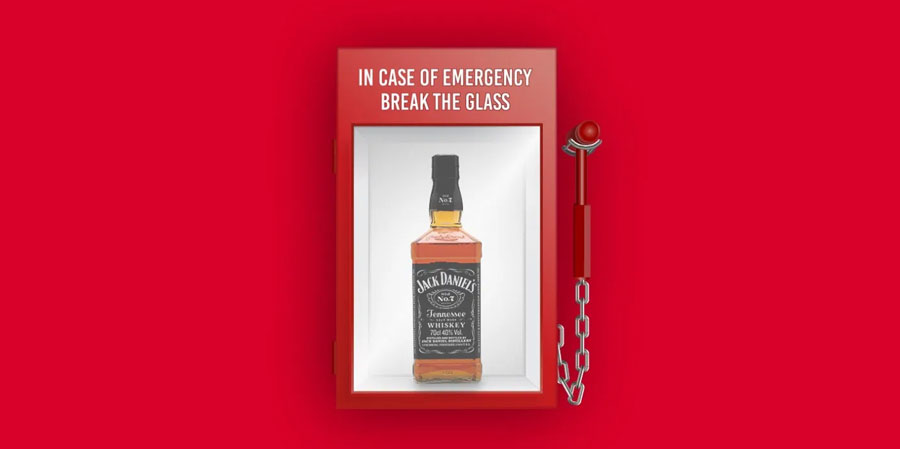Last Wednesday, Adam Ryan, president of the newsletter publisher The Hustle, got a vexing message from one of his clients.
An advertiser that had placed ads with the Hustle every month for the last three years was demanding that the coming week’s campaign, slated to start Monday, not run. The client, whom Ryan declined to name, insisted it be allowed to cancel despite being just days removed from the campaign’s start date.
Ultimately, Ryan and his team got the client on a conference call and worked out a deal that allowed the client to pay up at a later date. But fraught conversations like those have begun to happen more frequently in media the past two weeks, as corona-fueled uncertainty rolls through the global economy.
“It’s been really emotionally draining,” Ryan said, who added that work pressures were being made worse by the fact that a family acquaintance had tested positive for the virus.
Media companies and ad sales executives deal with last-minute client demands all the time. But in the past couple weeks, publishers’ sales leaders are being buffeted by challenges on all sides: Paused or canceled campaigns, last-minute panics about whether creative assets suddenly seem inappropriate or tone-deaf, branded content productions shut down because large groups of people are no longer allowed to congregate.
The near-term impact of the coronavirus is mixed. Sources at two different publishers said they’d to revise their revenue forecasts for the second quarter down slightly, less than 10%. Sources at two other publishers said that they would have earnings go up significantly year over year, provided they saw no cancelations.
And though RFPs continue to trickle in for the second and third quarters, they are for smaller amounts than publishers are used to, sources at two different media companies said. And with regulations, markets and supply chains still in flux, client budgets could be slashed at any time, making it difficult to project long-term financial health.
“The last two weeks of March are going to be just brutal, and at least the first half of April,” said the CEO of one digital publisher. “The second quarter, as a whole, will not be fun. But we’re still getting the data about how pervasive this is.”
Some sales leaders have reorganized their schedules so they can spend more time collecting information, both from their advertisers and their peers. One CEO said he spent the past week dividing his days into 15-minute chunks to maximize the number of people he could call to exchange information.
Joy Robins, chief revenue officer of the Washington Post, has tried to position the Post as a source of information to clients, offering free consumer insights and live virtual master classes to advertisers. A number of different brands, ranging from B2B tech clients to consumer goods brands, have taken the Post up on the offers, Robins said. “The mandate to our team is to be generous with as much information as possible,” Robins said.
Publishers with large branded content production teams are being forced to monitor an especially large set of developments. The CEO of a digital media company that relies on branded content productions for around 15% of its revenues, said their top priority was figuring out how they were going to be able to fulfill the videos they’d promised for campaigns.
Now that California and New York have both instituted bans on groups of people congregating, the publisher is considering ways to move productions into other states, or dropping live-action shooting in favor of animations.
“In the very near term, the next 60 days, how do you deliver on a campaign whose production requires people getting together?” that executive said.
–
This article first appeared in www.digiday.com
Seeking to build and grow your brand using the force of consumer insight, strategic foresight, creative disruption and technology prowess? Talk to us at +9714 3867728 or mail: info@groupisd.com or visit www.groupisd.com




